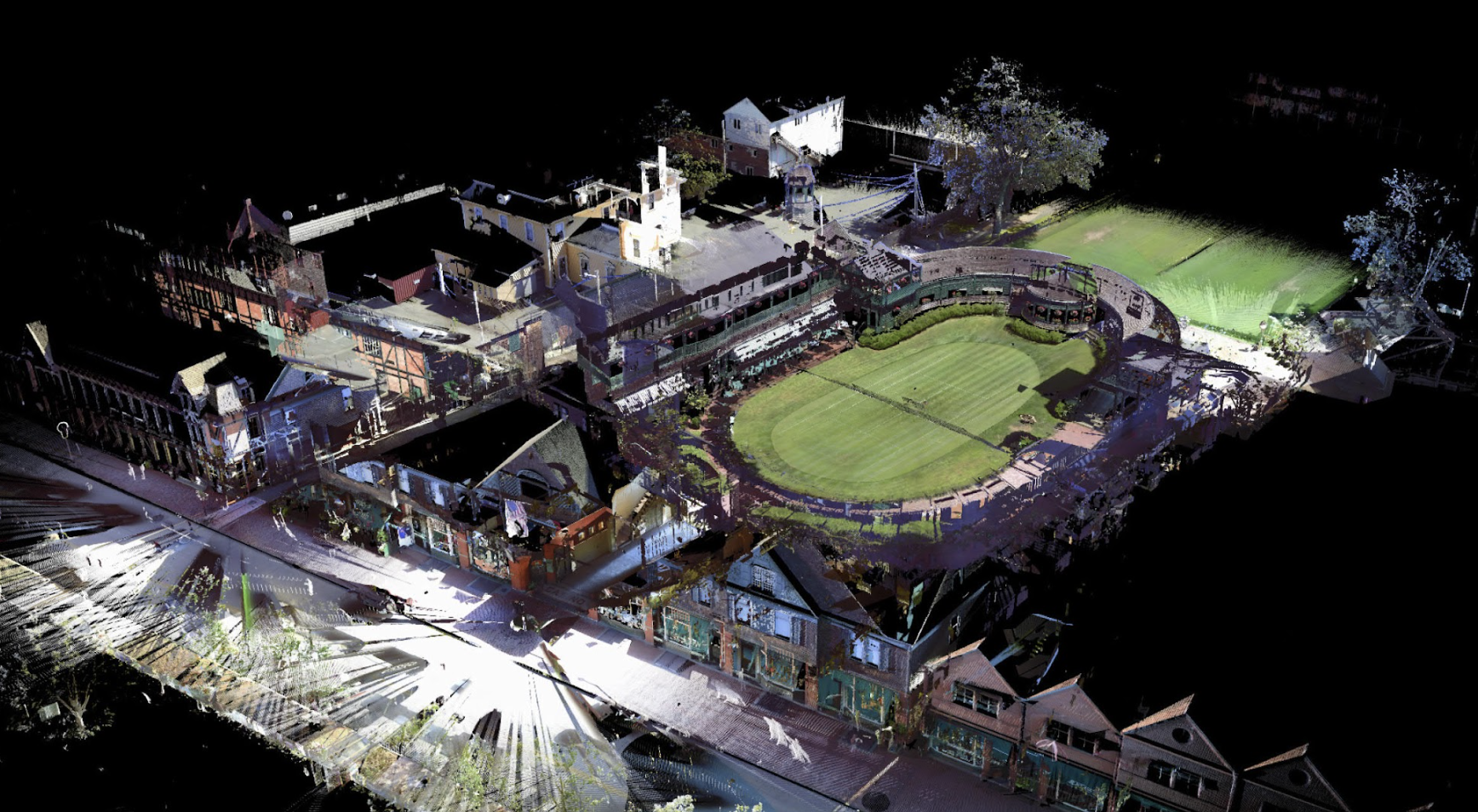Knowledge Base
Understanding the Hardware: LiDAR & Phase-Based 3D Laser Scanning
LiDAR
The "time-of-flight" method
Laser Imaging, Detection, and Ranging (also called Light Detection and Ranging) or LiDAR, is based on a principle known as time-of-flight. This uses a pulsed laser to emit a beam, along with a mirror that deflects that beam toward the scan area, and finally, an optical receiver to detect the laser pulse and reflect it from the object to the scanner.
The time-of-flight method operates based on this formula: (Distance = (Speed of Light x Time of Flight) / 2). It uses the known speed of light and the time it takes for the laser pulse to be emitted, bounce off the object, and ultimately return to the 3D laser scanner to calculate the distance from the object to the scanner.
Although LiDAR 3D laser scanning does not collect data as quickly as phase-based scanning, it can be used from greater distances.

Phase-Based Scanning
The laser scanner emits a constant beam of energy
Phase-based 3D laser scanning emits a constant laser beam into multiple phases. It then compares the phase shifts of the returned laser energy. The laser scanner uses phase-shift algorithms to determine the distance, based on the unique properties of each individual phase based on this formula: (Time of Flight = Phase Shift / (2π x Modulation Frequency).
Phase-based scanners can collect data at a much faster speed than time-of-flight scanners, but their effective distance is much shorter. Additionally, phase-based scanners typically have more "noise," or false data, than time-of-flight scanners.
Existing Conditions 3D Laser Scanning Services
Over the past 27 years, we have measured, documented, and modeled over 10,000 buildings spanning over 700 million square feet across the United States, establishing ourselves as an industry leader in 3D laser scanning. Building professionals trust us to deliver digital representations of the as-built environment with unparalleled accuracy and efficiency. Our dedicated Project Managers provide fast and accurate 3D laser scanning services and drone imagery services, and expert CAD and BIM technicians create custom, detailed deliverables. Our greatest reward remains delivering superior-quality scan-to-BIM work and knowing we played a vital role in our clients’ unique and historic projects.
Related Articles



.svg)





